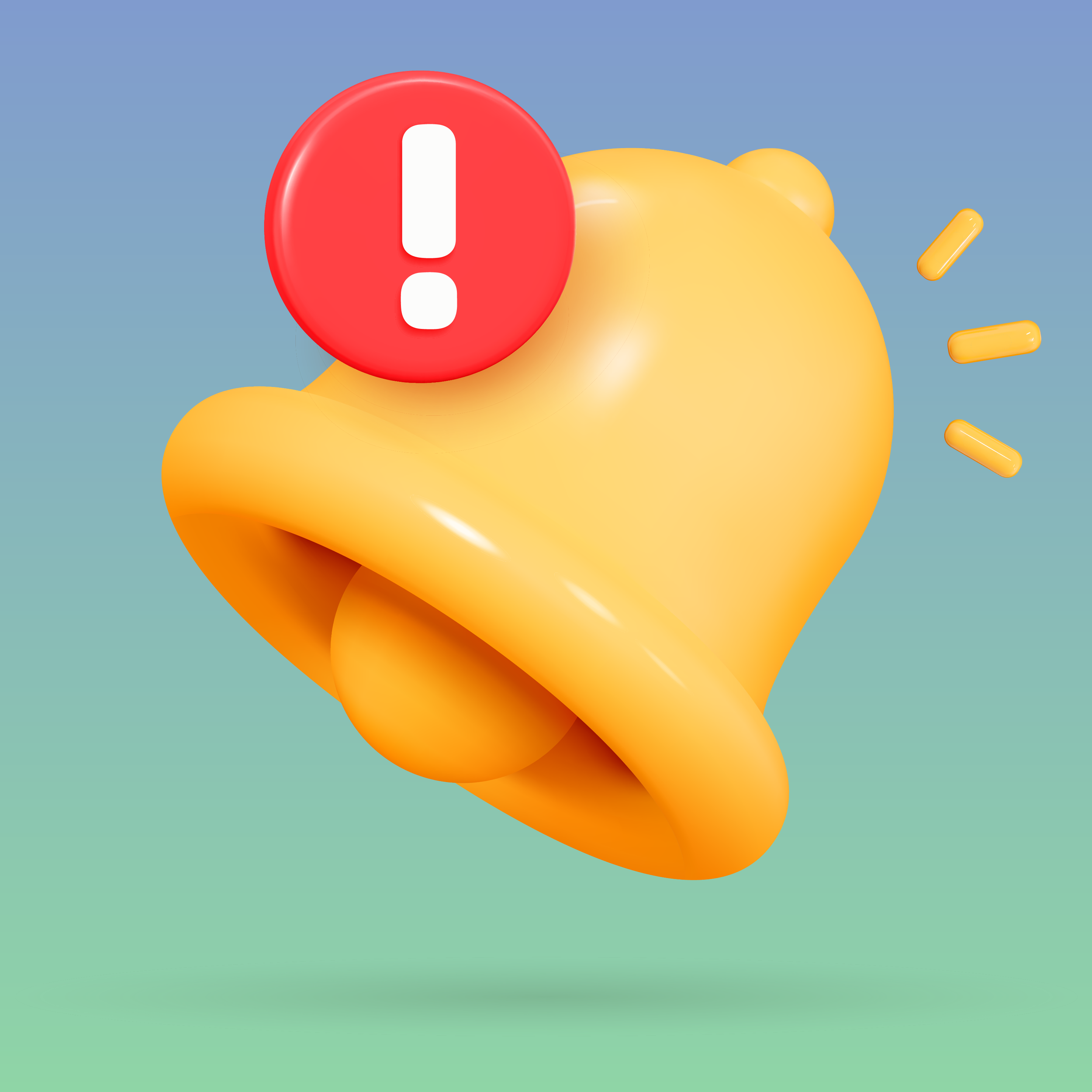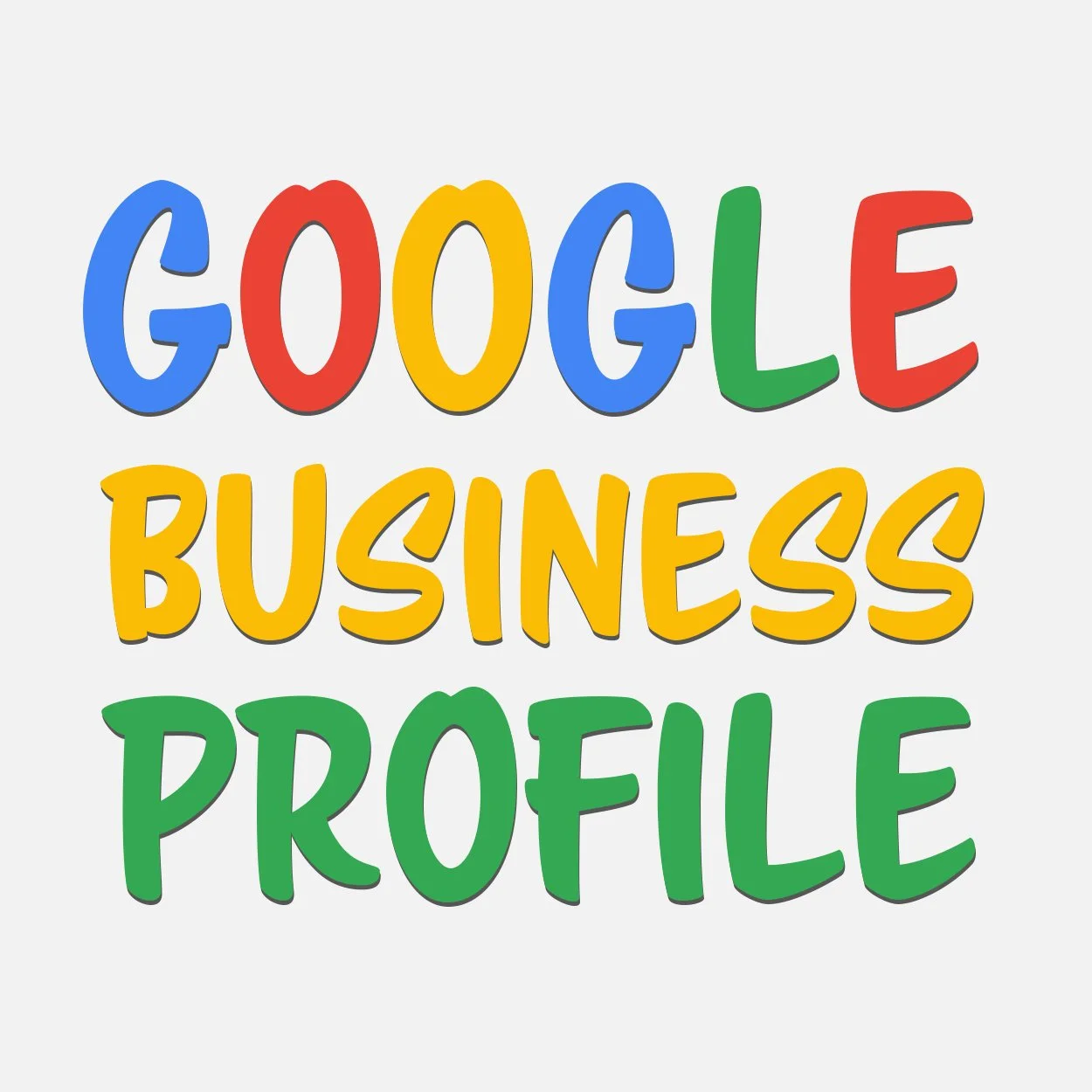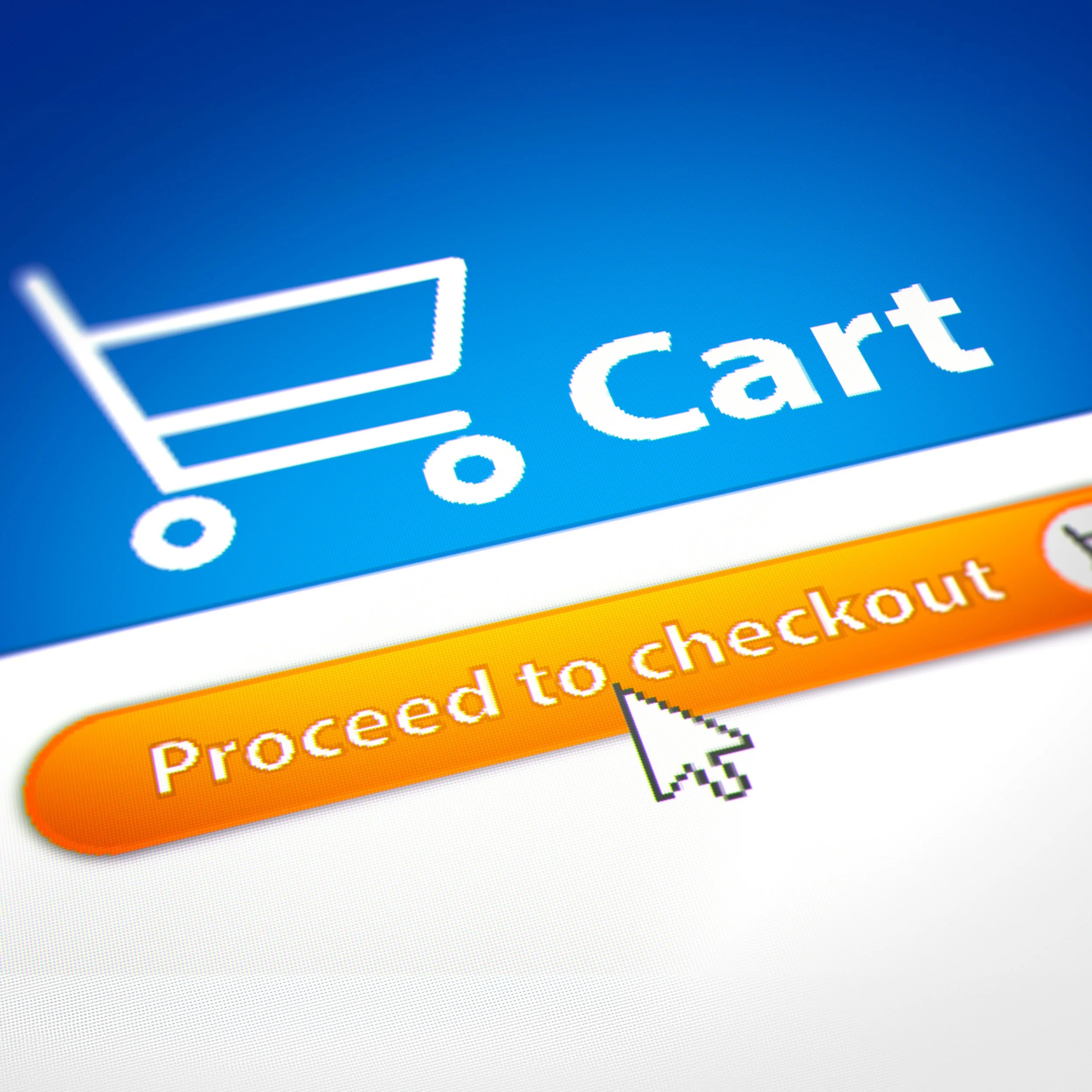Are You Using Apps on Your Website?
Apps, short for applications, are programs that enhance the functionality of a website.
Who wouldn't want to improve their website with just a few clicks?
Everybody.
Since many apps are also free or offer a free tier, they are hard to resist.
However, when you look at how apps typically connect to your website, how they work, and what they can access, you should ask yourself how badly you need these apps and whether you can accomplish the same goals differently. But before I jump too far ahead, let me just explain.
For an app to work on your website, two things happen in the background after subscribing to it:
When you subscribe to an app, you allow Squarespace, Shopify, or any other hosting company you work with to grant permission to this app to access your website and all your data;
the app then adds a script to your website referencing its host server that will generate the features you have subscribed to through the app.
Okay, I understand that this may have been a bit technical or confusing. But, I hope you will better understand the setup in the following paragraphs.
Apps Can Run From Anywhere in the World
Usually, you subscribe to an app from a marketplace run by your website's host. Squarespace calls third-party apps Extensions.
Shopify lets you conveniently access its marketplace from the admin panel of your website.
In Squarespace, you can find the extensions (apps) under Settings>Extensions. In addition to the Extensions offered under Settings, you can also subscribe to Squarespace compatible apps on third-party websites.
Whether you call these programs an app or an extension, they are made by third parties - often small companies - and are generally not supported by Squarespace or Shopify. If you have a question or encounter difficulties, you have to contact the app's support and not Squarespace or Shopify. Most of the time, you have to write them an email and usually receive a reply in a couple of days.
Because the integration with your website looks seamless, subscribers rarely notice that these apps do not run on the same server as their website.
This setup is very different from how smartphone apps work. There, you download the app onto your device where it runs.
Not so for websites.
The code that provides the apps' functionality can be generated anywhere in the world.
Grant Permission to Access Your Website
By subscribing to an app, you give a third party permission to access your website and, more broadly, your content.
In addition to your website's template, apps could access your products, customer information, and orders - in short, everything except for your personal billing information.
Besides, when subscribing to an app, it is not clear which data the app can access unless spelled out in the fine print of their terms of service, privacy notice, or similar policies.
Install a Script on Your Website
For an app to do what it is supposed to do, it needs to create HTML and CSS code. This code is generated on the server of the third-party app developer and sent back to your website in real-time. So, every time a visitor clicks on your website's URL, your website reaches out to the app's server to create the necessary code and sends it back to your website to display it together with your content for visitors to see. This process is very fast. You will rarely notice a delay.
Some apps act as a gateway between your online store and, for example, the accounting or shipping software you use. In that case, the script accesses your orders and customer information and passes this data through their server to your accounting or shipping software.
However, for this setup to work in both instances, a short script must be added to your website, linking your website with the app. Some apps do this automatically. Others provide you with the script that you need to add manually.
If I have to use an app, I prefer to add this script myself instead of leaving it to the app to do it for me. This way, I know where I placed it. Why?
Because when you unsubscribe from the app, you know which code you need to remove and where. Unfortunately, apps do not remove themselves automatically from your website even after you ended your subscription. Their code is still on your website and reaches out to the app trying to execute the script. Since you have unsubscribed, the app shouldn't retrieve information from your website or send any instructions back to it. But you can't be sure if that is really the case.
Therefore, I always recommend removing all the scripts inserted by the app from your website once you have unsubscribed. And if you know which changes the app has made and where those changes are located in your template, it makes this step much more straightforward.
When are Too Many Apps Too Many?
Using apps on your website or online store is a matter of trust since you allow a third party to insert their code and access your content. That may be all fine. However, keep in mind that your website or online store becomes increasingly more vulnerable to hackers the more apps you use.
Here are some checkpoints I go through with my clients when we discuss apps.
Can you achieve the same goal using standard functionality instead of an app? You will be surprised how often we find a creative solution with standard functionality. In many cases, a little imagination and a willingness to adapt your processes to the "thinking" of Squarespace or Shopify is enough.
Can you write your own code? Okay, I would write it for you, of course. Shopify is especially good at allowing users to expand an online store's functionality using their platform’s programming language Liquid.
If there is no other cost-effective way other than implementing an app, I recommend staying away from free apps. They make me really nervous. There is no such thing as a free app. The programmers who developed the app also need to earn a living to keep their servers patched and secure. I always wondered where this money is coming from if their app is free.
If you need to use an app, insert the script yourself. This way, you can easily remove it after you have unsubscribed.
Should Squarespace or Shopify later offer a new feature in their software that would replace one of your apps, I recommend unsubscribing from the app and using Squarespace's or Shopify's standard instead. Even if the functionality may not be entirely the same, you can eliminate a potential vulnerability.
When do you know if you have too many apps? My goal for my clients is always to achieve their vision for a website or online store without third-party apps. Am I reaching this goal every single time? No. But my usage of apps is minimal.
Conclusion
While apps are a convenient way to enhance your website's functionality quickly and inexpensively, they can also expose your website to potential vulnerabilities hackers can explore, including access to your data.
Sometimes, this risk can be too high, substantially exceeding the app's benefits.











